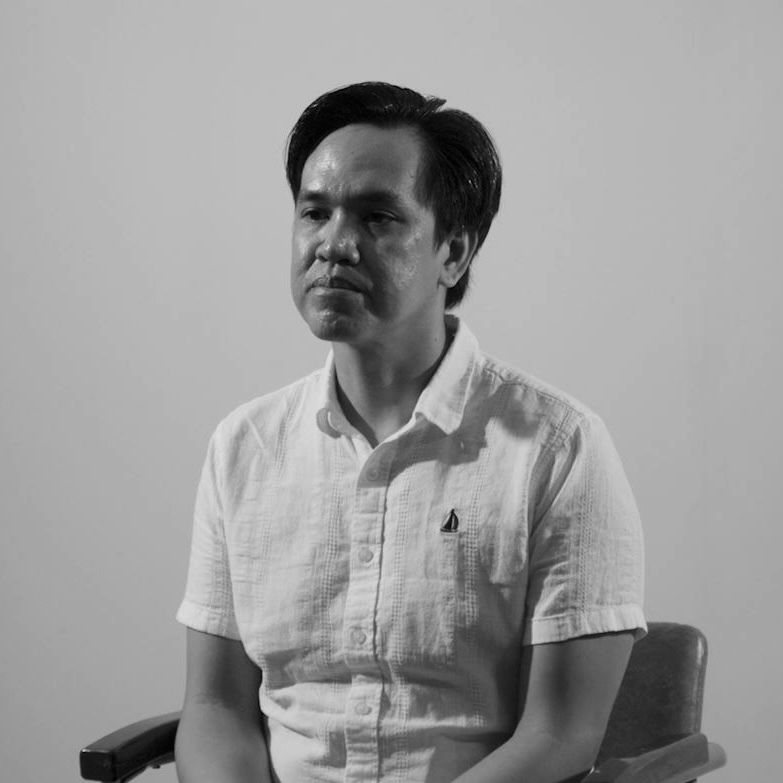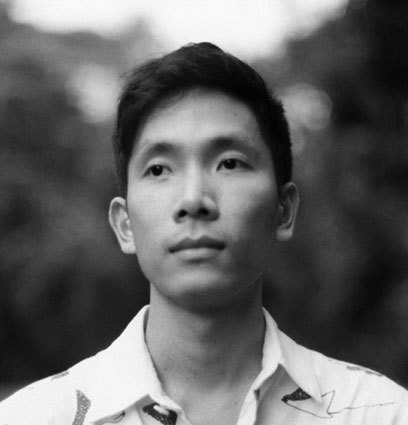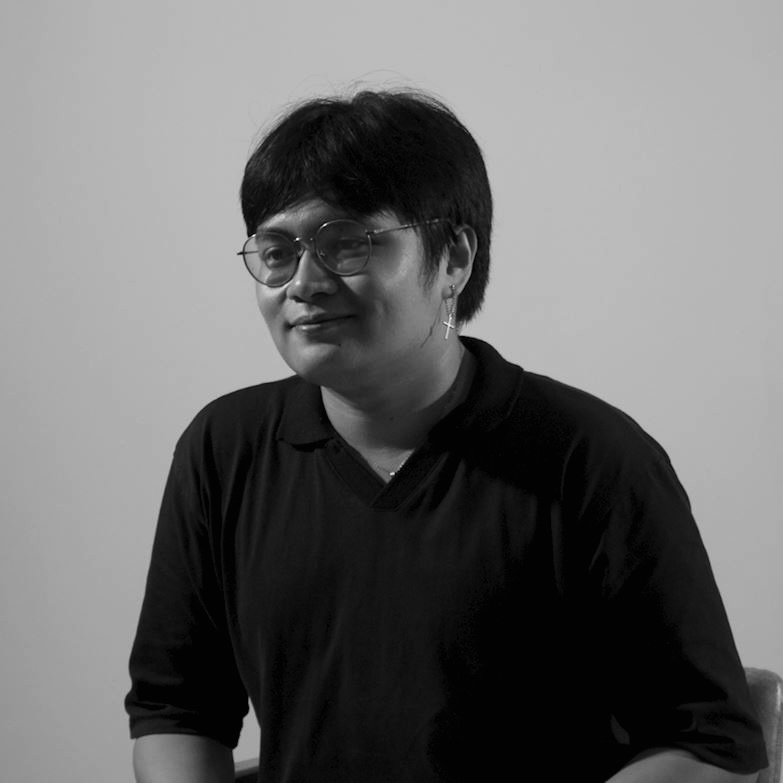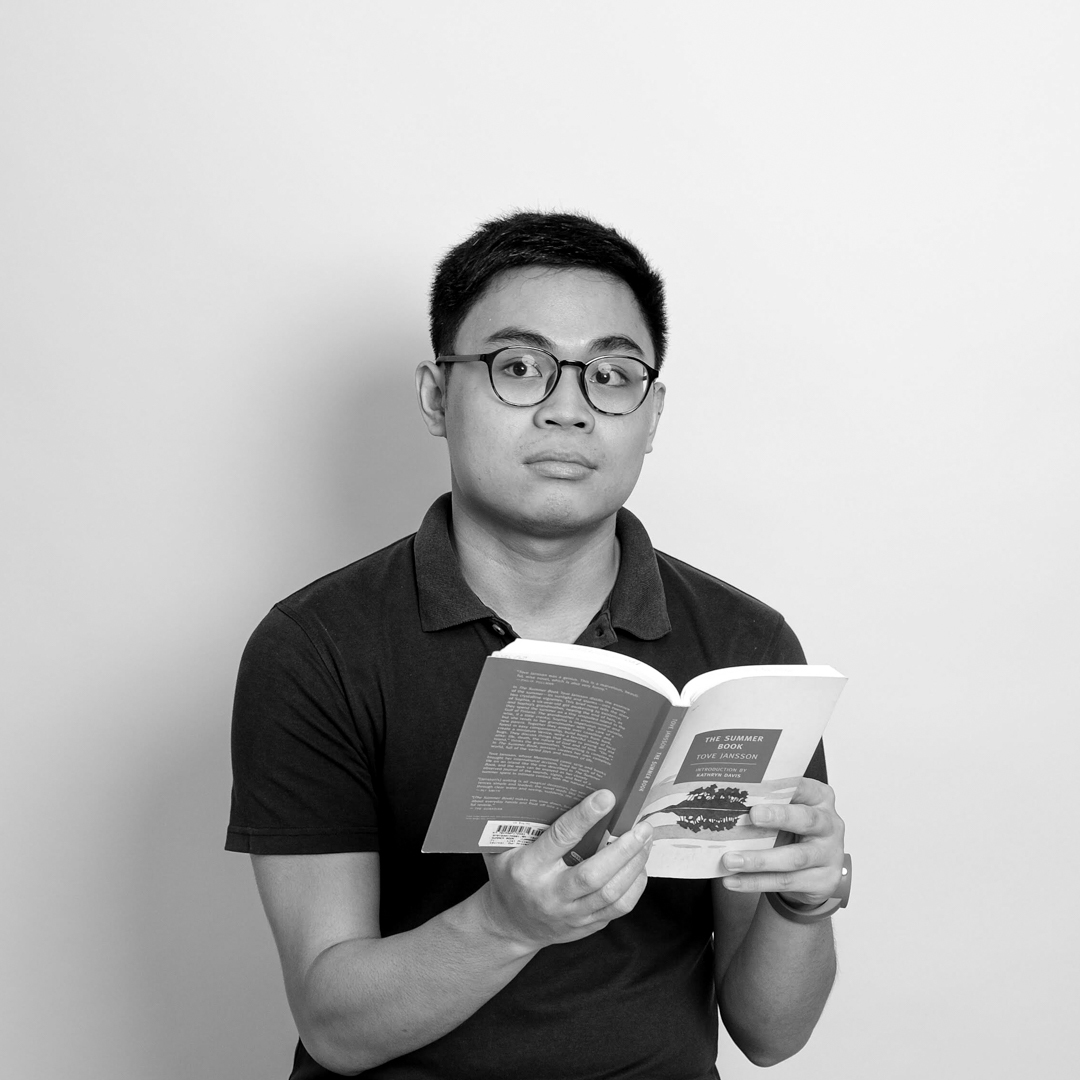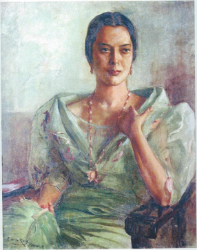A sawali window frames Imelda Cajipe-Endaya’s Pasyong Bayan (1983). Outside, laborer’s clothes flail lifelessly without bodies to shape them. Martial law ended years ago, but the missing has not yet turned up. The horror haunts and confronts the viewer: we paid the price for your freedom. Among the four women by the window, one peek cautiously from inside the nipa hut. She engages with the viewer, conscious of the latter staring back.
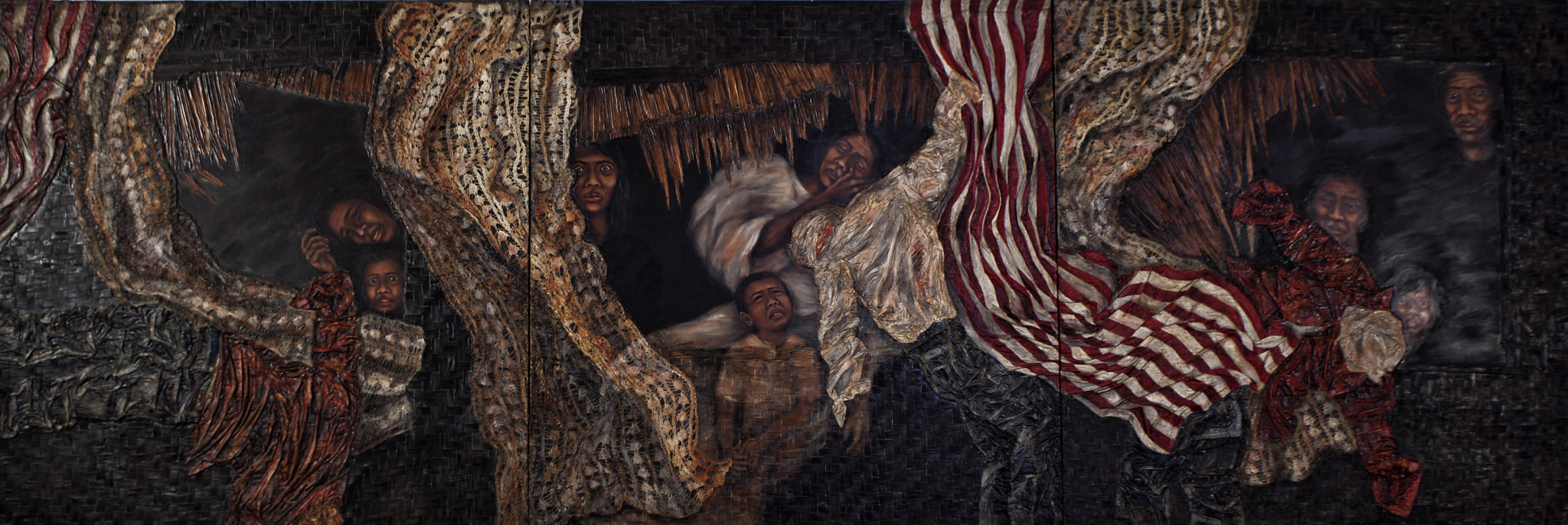
Pasyong Bayan was among the early works of Cajipe-Endaya. During her early years as an artist, her work was dubbed by writers, before she even knew it, as “feminist” for exhibiting the plights of women.
Pasyong Bayan was part of Gendered Bodies in Southeast Asia, a collaborative curatorial initiative by Tessa Maria Gauzon and Fang-Tze Hsu at the Metropolitan Museum of Manila. The exhibition highlighted women’s issues in multiple paintings, sculptures, mixed-media installations, photographs, videos, and performances mostly by women artists.
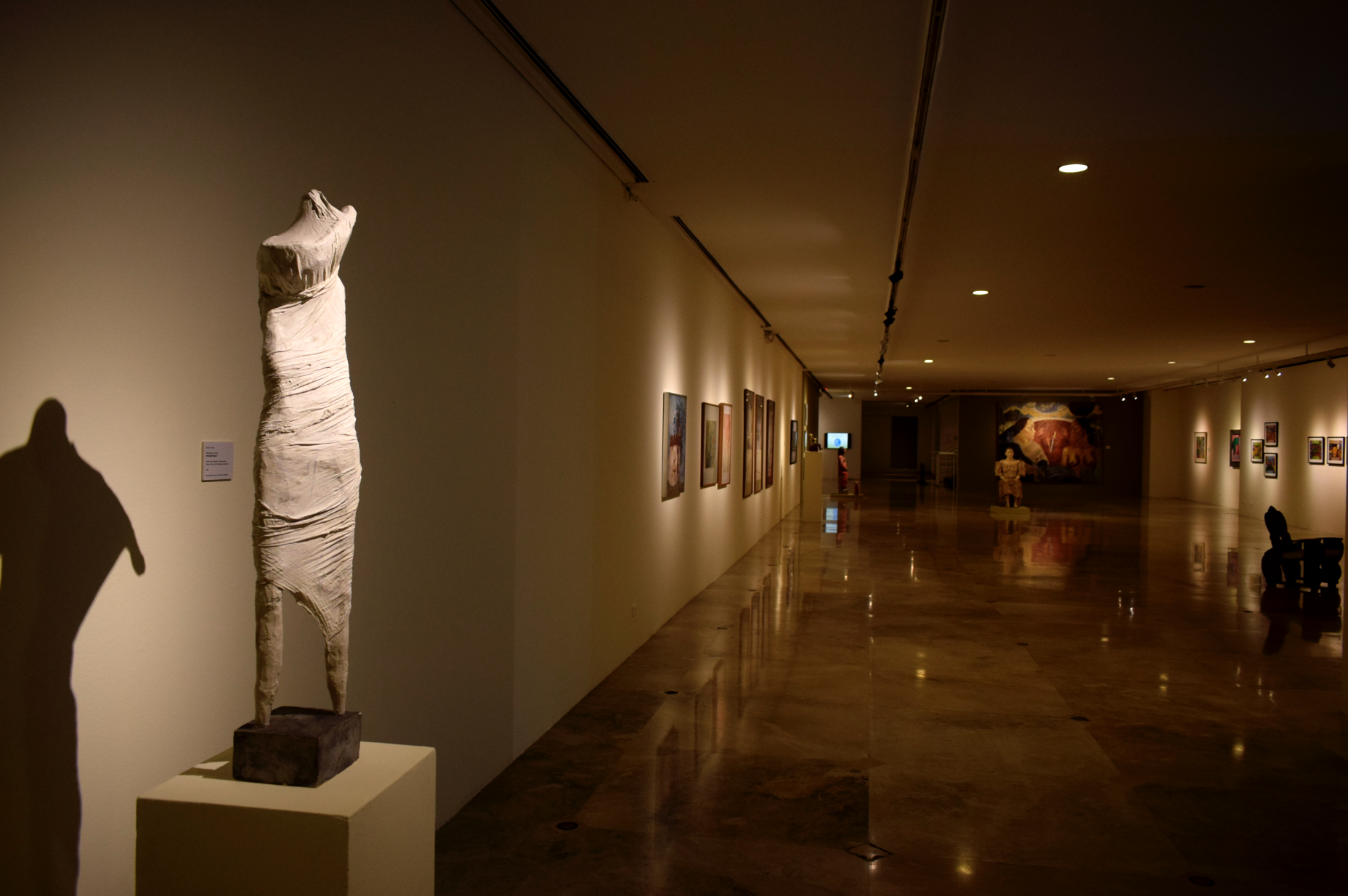
In this essay, I anchor on Cajipe-Endaya’s experience and ask the same question raised by Dr. Capistrano-Baker in a commentary from another women-led initiative, Women Imaging Women (1999), to make sense Gendered Bodies:
How are works by female artists gendered?
I recognize the nuances of gender, but for this criticism, this definition will suffice: to be gendered is to be situated in a social structural order. In case of the arts, the structural order remains prevalent. That is, a male-dominated art world and art history.
With this in mind, I navigated the landscape of women’s anxieties present in the artworks of Gendered Bodies: women’s existence circumscribed around men (“Eleven Men” by Nguyen Trinh Thi, 2016), struggles of women due to migration from civil conflict (“Lost Motherland” by Ampanee Satoh, 2018), perils of the natural world to marginal communities (Untitled video installation of a woman washing clothes by the Marikina River by Nathalie Dagmang, undated), female prostitution (“Sayang Pula, Tatlong Pera” by Brenda Fajardo, 2018), and precarious labor conditions of women in the margins (Nana Buxani’s works: Girl with Mask,” 1999; and “Hazel Arado,” 1999) among many others.
As a woman-led exhibition with mostly women artists, it declared a strong presence of women artist in the Southeast Asian art scene. In other words, it is a counter-narrative to the male-dominated art world and art history in the contemporary time.
This demanding presence of women in the Southeast Asian art world can be traced back in the 1990’s when the art scene has been active in recognizing gender disparity issues (Low, 2015). Women created public spaces dedicated for women in the arts, women’s art forums, publications on women artists, women’s organizations, and women-initiated exhibitions which provided space for recognition and growth for women in the art world (Low, 2015). Until today, women artists are constantly challenging the “hegemonic discourses, [and] social spaces carved in the interstices of institutions,” and resisting “in the chinks and cracks of the power-knowledge apparati.” (Datuin, 2002)
This growth of women in the art world was built on the efforts of instrumental women artists, some of whom were present in the exhibition. Brenda Fajardo is a visual artist, educator, and community organizer famous for her Tarot card series which reimagines and restructures Philippine history. Together with Cajipe-Endaya, Ana Fer (painter) and Julie Lluch (sculptor), they were among the founders of Kasibulan, an important women’s group which emerged in resistance to Martial Law in 1987. Another artist, Amanda Heng--dubbed as a performance artist although she resists the label--is a pioneer in a collaborative and multi-disciplinary approach to art addressing real world issues of Singapore in a fast-changing society.
These women artists were not only expressing presence, they were also expanding their artistic practices to respond to the needs of the community. Collaborative art practice flourished and these directly confronted issues of the everyday. Among these artists is Wu Mali, a practitioner and theorist of socially-engaged art who has been collaborating with communities in Taiwan since 1990s. Her work Fun Fabric Workshop (2000) was part of Gendered Bodies.
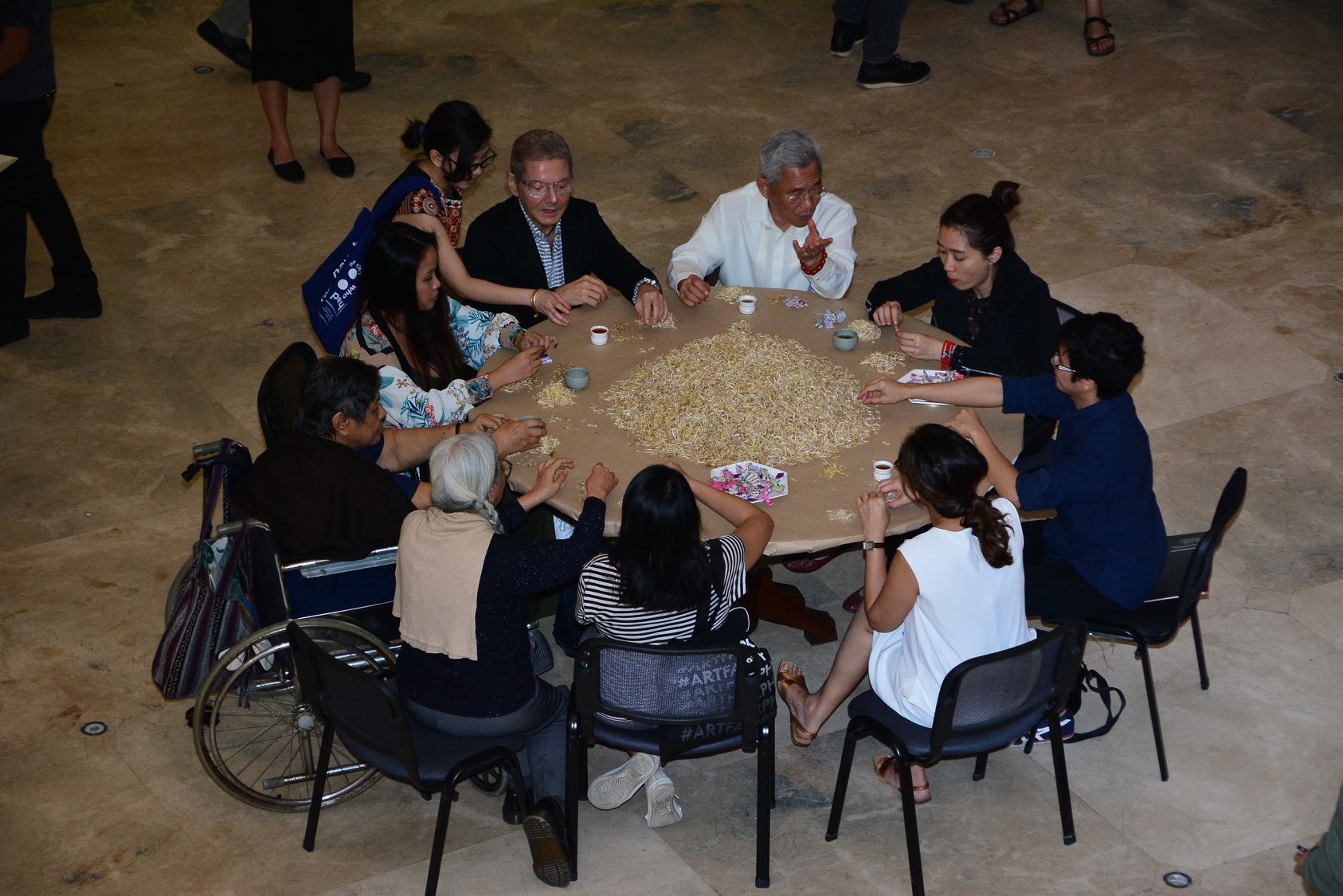
Fun Fabric Workshop was a project to bring feminist movement, which then was intellectually daunting and exclusionary, to Taiwanese household women. As part of the workshop, women who were taught by society not to explore their identities, sexualities, and experiences exposed these through patchwork. While crafting with pins, needles, and threads, Mali did not only to produce art pieces expressing her individual experiences. She was also organizing and empowering women by aiding them in their personal reflections and expressions.
With a high personal regard for Mali’s collaborative art practice, along with the monumental presence of women in the arts presented as counter narrative, and the countless anxieties of women’s issues, I realized that to simply collapse these works and the exhibition as “feminist” is a form of unwarranted reduction. In this conception, my position in interacting with the artworks became apparent and I reflected: by writing this essay leaning towards feminism, was I complicit in gendering the works of artists by women artists?
Instead of allowing me to fall in the same folly when art writers instantly tagged Cajipe-Endaya as “feminist,” the exhibition indicated my position and agency as an audience. In this exhibition, I was forced to confront my masculine position against the monumental presence of women in the art world, and with this position, my agency in taming, labeling, and gendering art as objects representative of gendered bodies.
In the end, instead of a definitive answer to Dr. Capistrano-Baker’s question, Gendered Bodies in Southeast Asia pointed to more questions: Were these works by women artists in the exhibition gendered because of the issues they presented? Or were these works gendered simply because they were made by women artists? More importantly, what are the consequences of gendering for women artists and how are these reinforced as the norm in the art world and the society at large? Through these questions, we can take a peek into our framings of the world, and like the woman in Pasyong Bayan, we can engage.
References
Cajipe-Endaya, Imelda. (1999). “Conference keynote address.” Women Imaging Women Home, Body, Memory: Papers from the Conference on Artists from Indonesia, Philippines, Thailand, and Vietnam. Ford Foundation, Art Studies Foundation, and Cultural Center of the Philippines. pp.10-12.
Capistrano-Baker, Florina. (1999). “Commentary to Present Power.” Women Imaging Women Home, Body, Memory: Papers from the Conference on Artists from Indonesia, Philippines, Thailand, and Vietnam. Ford Foundation, Art Studies Foundation, and Cultural Center of the Philippines. pp.114-116.
Datuin, Flaudette May V. (2002). Home Body Memory: Filipina Artists in the Visual Art, 19th Century to the Present. University of the Philippines Press and the UP Center for Women’s Studies. Diliman, Quezon City.
Low, Yvonne. (2015). “Women re-modelling art worlds: Exhibitions and projects on Southeast Asian women artists (1990-2015).” The Journal of the Asian Arts
Society in Australia. Vol 24. Issue 4. pp. 4-6.
P.S.
The question of Taiwan’s inclusion in Southeast Asia manifested in Gendered Bodies through the collaboration with Taiwanese curator, Fang-Tze Hsu, and the inclusion of Taiwanese artist, Wu Mali, which was not dissected here can be another point of discussion.



